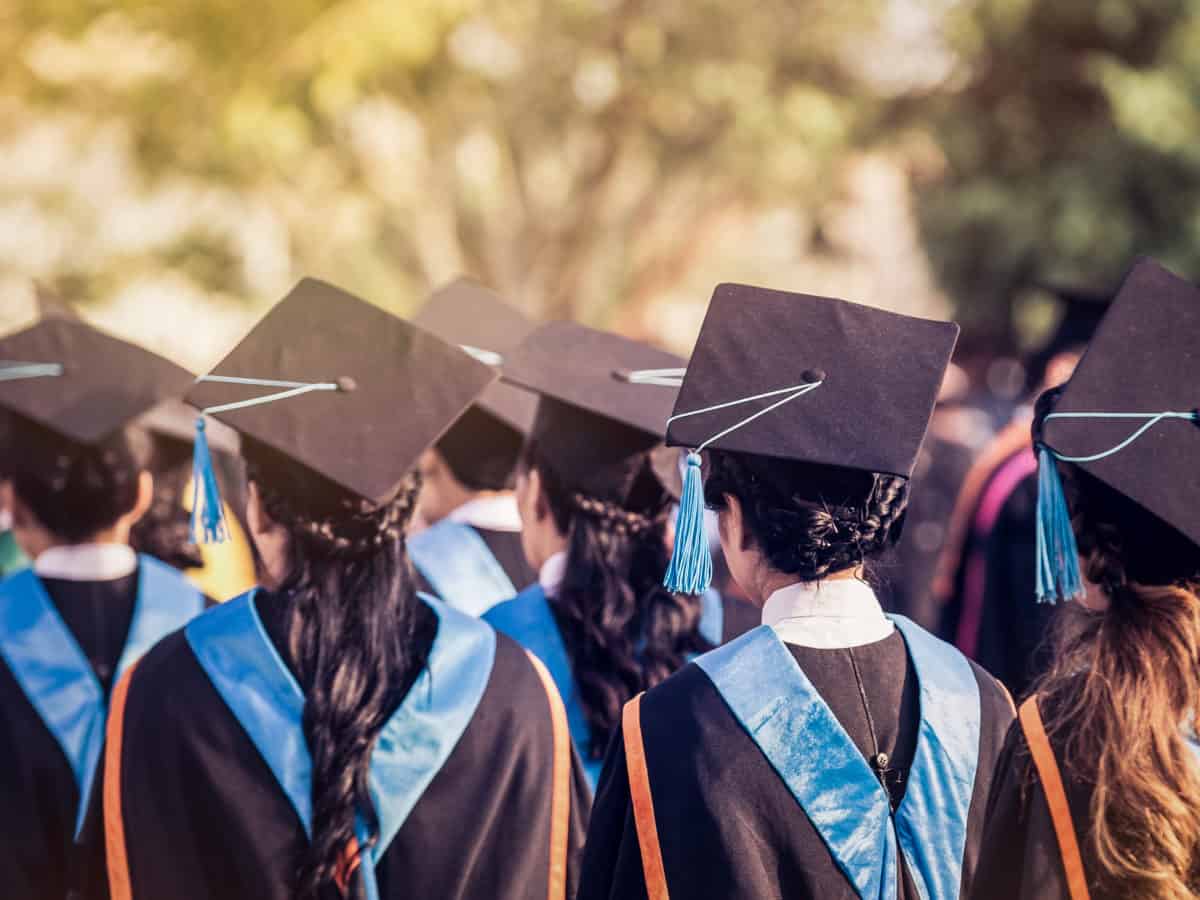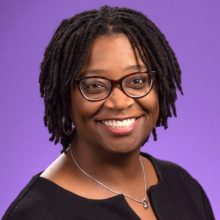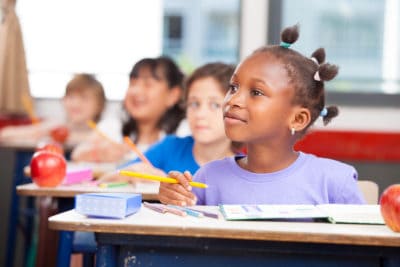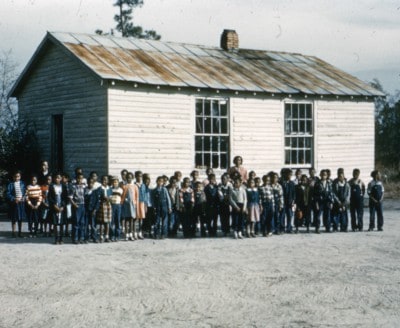

For many students, the unexpected transition from in-person to online classes brings several challenges. As students settle in back home, they lose some of the benefits and comforts of a college campus, such as independence, stable internet access, and access to laptops or other equipment to borrow from the university library.
COVID-19 has shed even more light on the issue of broadband access, especially in rural areas, exacerbating the challenges faced by already marginalized communities. During this time, it’s easy to fall into a deficit way of thinking — blaming students for their circumstance and thinking more about what students lack instead of how cumbersome to navigate we’ve made educational systems.
Being aware of the challenges facing specific groups of students can lead to improvements in institutional systems and services to the benefit of all students. For example, Dr. Cassandra Davis’ recent work examining the extent to which the pandemic has exacerbated the barriers experienced by first-generation students will help educators serve all students post-pandemic.
A focus on deficits or what students lack also has the potential to color how we see students and their potential, leading educators to treat them accordingly. Research on first-generation students has traditionally taken a deficit view, focusing on aspects of students’ lives that may pose a barrier to their higher education experience. But what if we changed our thinking about first-generation and other marginalized groups of students?
What if we saw them as they are — individuals bearing gifts based on their lived experiences rather than as a tabula rasa awaiting the inscription of wise educators? An asset-based approach intentionally considers the abilities and knowledges that students carry with them based on their lived experiences and that may be engaged in the classroom. This includes things like a students’ resourcefulness, self-reliance, problem-solving, ability to create information networks, optimism, goal-orientation, and experience with formal systems. What if instead of the “don’t haves,” we acknowledge and nurture the “do haves”?
So, what does this look in practice? This looks like learning more about the informal information networks students have cultivated to find solutions to their problems, rather than dismissing them as questionable. It can look like embracing equifinality — allowing for students’ independence and problem-solving skills to come forth rather than penalizing them for not doing things our way. It’s viewing their goal-orientation and self-confidence the same as you do for more privileged students — as admirable rather than as threatening.
Rather than pointing out the ways you think their bedroom-turned-classroom is a substandard environment for learning, you can connect them to study resources and campus organizations such as First-Generation Pirates at East Carolina University or Carolina Firsts at UNC-Chapel Hill, which provide support specifically to first-generation students.
Of course, first-generation college students are not a homogenous group — they have multiple identities based on ethnicity, gender identity, physical ability, and locale. Consider this an abundance of assets to be appreciated and supported in your teaching.
An asset-based approach can and should be applied to all students, especially those who don’t look like us, talk like us, or approach academics in the way we expect of “good,” “smart,” and “capable” students. As educators, we can work to nurture these and other assets of our students for their benefit now and in the years to come.




